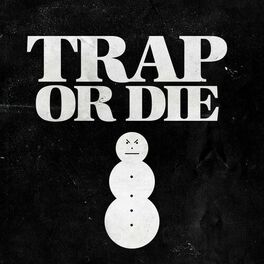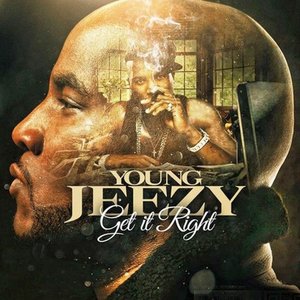
who used it as the title of his second album, Trap Muzik.

‘Trap music’ was coined in 2003 by Atlanta rapper T.I. Introducing the world to the future sound of pop culture, this space age military anthem laced with an animatronic sheen fused deep 808 kick drums, rapid-fire hi-hats and menacing synths – all while Drama did his best Mystikal and Pastor Troy impressions. A few years before finding fame for his genre-defining work on the debut albums of Young Jeezy and Gucci Mane, the Atlanta beatsmith marched into the new millennium with Drama’s Left, Right, Left. Shawty Redd, with his sinister melodies and syncopated chord progressions that sound like something straight from a John Carpenter movie, is one of them. Only a handful of producers can lay claim to being the true pioneers of the original sound and style of trap. The self-produced track’s spring-loaded rhythm – bullied by disorderly symbol crashes, rumbling bass tremors, machine gun sound effects and what is now widely recognised as trap’s archetypal snare – picked up where Three 6 Mafia left off but discernibly more refined. Its lead single, No Mo Play In G.A., besides being a diss record aimed at Master P and No Limit Records, is a beloved Atlanta anthem rife with hometown pride. But the chattering hi-hats, bass heavy drum patterns and rapid triplet flows heard on Tear Da Club Up, along with its dark and twisted synth melodies and tough talking lyrics, are some of the earliest intimations of trap and would later go on to become the bedrock of the genre’s sound.įour years after OutKast’s André 3000 declared that “the south got something to say” at the 1995 Source Awards, original king of crunk Pastor Troy took a more hostile approach to putting the other US coasts on notice with the release of his emphatic and highly combative debut album We Ready I Declare War. Their debut album Mystic Stylez blended horrorcore and gangsta rap with a uniquely southern aesthetic, and its unconventional lo-fi production and cult-esque chants paved the way for the arrival of crunk music in the mid to late 90s. Three 6 Mafia’s influence can be found all throughout modern music, with the Memphis group’s co-founders and primary producers DJ Paul and Juicy J responsible for creating the sonic blueprint for much of today’s hip-hop. Here, we spotlight some of the genre’s key tracks, walking you through its rise to power from Atlanta’s neighbourhoods through to its position as the trendsetting sound of the future. Migos, Future and 2 Chainz are just a few artists that helped kickstart a revival for the genre, cultivating a cultural sonic boom that has since infiltrated the world of pop, and is now the irrefutable cornerstone of contemporary music. This electronic hybrid stole the limelight for a brief moment, but it wasn’t long before the genre returned to its rap roots, thanks to the arrival of a new wave of trap stars. Producers such as Shawty Redd, DJ Toomp and Zaytoven are considered the pioneers of trap’s sonic identity.Īt the turn of the 2010s, trap crossed over into the EDM realm, combining elements of hip-hop with electronic dance music, electro house, and dubstep, and stripping away the genre’s sociopolitical context. Early stars of the genre include T.I, Young Jeezy and Gucci Mane, and are often referred to as the holy trinity of trap. Picking up where the likes of N.W.A, Ice-T and Schoolly D left off, trap converted the harsh realities of the Black experience in America into a new culture that would later dominate pop charts. The music – which is anchored by its dramatic synthesised beats, using 808 drum kits with rolling basslines and fast-moving hi-hats – is an extension of gangsta rap.


These abandoned residencies would see the production and sales of illegal drugs, and were where sellers and consumers find themselves ‘trapped’ in the confines of an unfair system, usually at the hands of racial disparity. in the early 2000s – derives from the trap houses found in disadvantaged neighbourhoods. Before becoming the global tour de force it is today, trap music started out as an underground sub-genre of rap in the early 90s in Atlanta, Georgia, and other Southern states in the US.


 0 kommentar(er)
0 kommentar(er)
